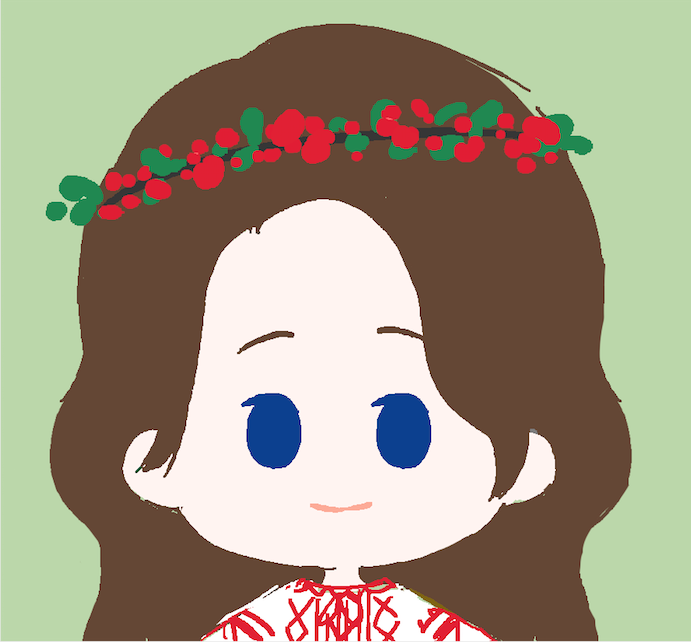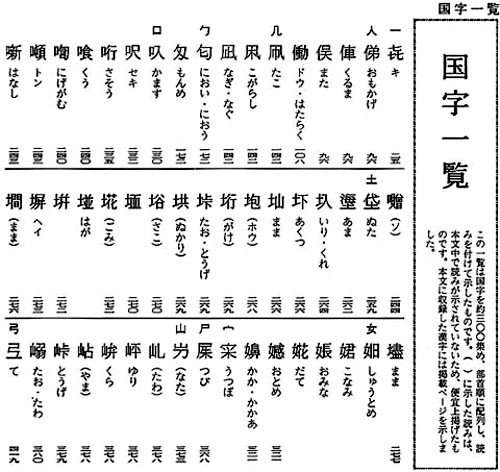The borrowing of hieroglyphs had a significant impact on the Japanese language. Together with them, the Japanese assimilated not only Chinese words, but also adapted their sound to the pronunciation norms of the Japanese language. However, at the same time, Japanese characters 国字/kokuji/ were also created (rarely - 和字 /waji/,倭字 /waji/ are characters invented by the Japanese).
Do Japanese have their own kanji?

For the first time, such signs began to appear in the Nara era (710-794 CE). The most characteristic kokuji are associated with the names of fish, which is explained by the peculiarities of the geographical location of Japan. Among the kokuji, there are many ideograms in which meaningful parts are combined into new kanji: 鰯 /iwashi/ iwashi (the ideogram is formed by combining the characters 魚 /sakana/ fish and 弱 /jyaku/ weak, because when iwashi is caught, it immediately dies). The Japanese 躾 /shitsuke/ upbringing, 辻 /tsuji/ crossroads, and 凪 /nagi/ calmness were also created in this way.
There are also kokuji that coexist with the corresponding Chinese characters, for example: 俥 /kuruma/ car (Chinese equivalent of 車 /kuruma/); 搾る /shiboru/ to squeeze (Chinese equivalent of 絞る /shiboru/ to squeeze) 遖 /appare/ well done (Chinese equivalent of 天晴れ /appare/). In such pairs, Chinese equivalents are more used than Japanese.
Sometimes there is a coexistence of two kokuji to denote one concept, for example: 艝 /sori/ - 轌 /sori/ sledge; 畑 /hatake/ - 畠 /hatake/ field.
Most kokuji have only a kun reading, but there are also kanji that also have an onne reading, for example: 働く /hataraku/ to work (onne reading /to:/).
The number of kokuji is insignificant (there are about a hundred of them); these signs were created from graphic elements of Chinese origin and according to Chinese structural models.
What kokuji do you know? Share in the comments!


